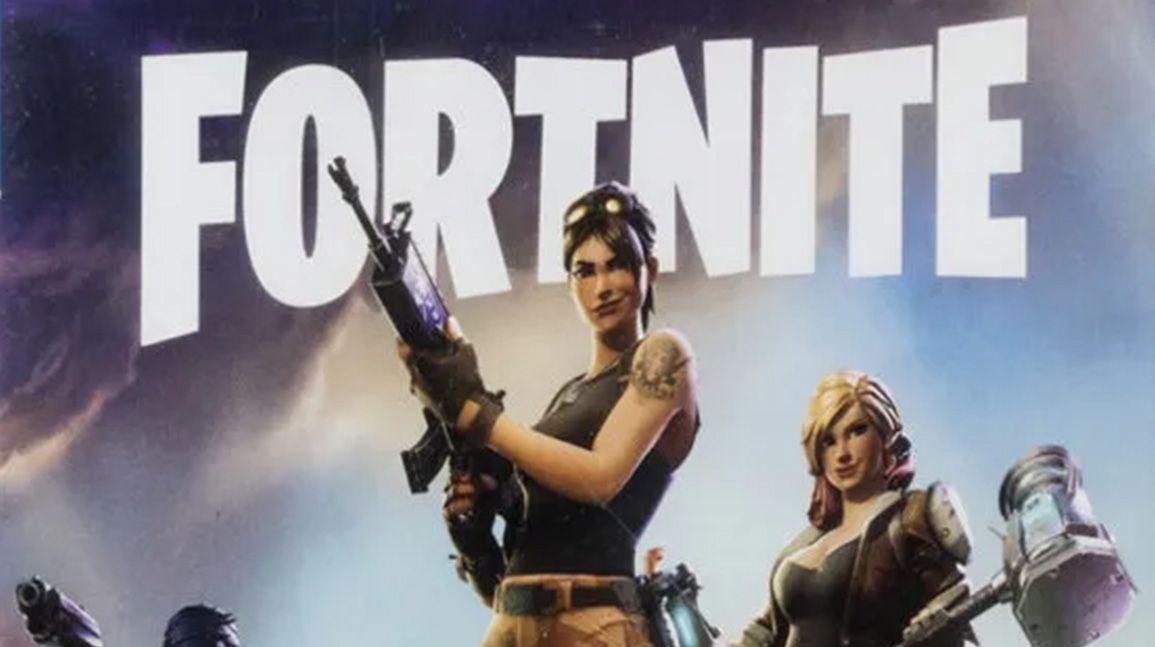There's a trend that has lurked in the collectible shadows over the past decade or so.
It's not a secret, but it is, in fact, severely under-discussed.
The trend? Digitization.
No, this isn't about NFTs, stick with me.
The most common reference point here usually comes from ticket collectors lamenting the bygone days of paper stubs, forced to view what was once a memento to a game on the same screen they use to email their boss.
But that is by no means the full extent of digitization's impact on collectibility.
One of the most fascinating examples — and, perhaps, one of the most lucrative — comes in the form of video games. And one title in particular represents the most intriguing case: "Fortnite."
A quick rundown on the basics of collecting video games (avoiding the endless minutia inherent to the intricate variations, print-runs and subtleties of the market for the sake of brevity):
-
Video-game collectors typically seek out iconic titles in pristine condition.
-
For many, especially those paying six or even seven figures for the high-end games, this means the games are sealed and remain in excellent condition.
-
As a rule of thumb, the older the game, the more valuable one can sell it for on the open market — a result of the simple fact that scarcity in this market arises from the seemingly impossible notion of one keeping a video game sealed (meaning they paid good money to never play the game at all). As time goes on, the supply of these sealed copies dwindles.
That's why the most valuable video games ever sold typically hail from the early NES days.
Now that we've got that out of the way, let's talk "Fortnite."
The July 2017 release swept the gaming world, rising from 1 million registered players after one month to 30 million by the end of the year. Estimates of current totals, according to Exploding Topics, place current user numbers in the 400-million range.
Simply put, it was and remains one of the most popular titles in the history of video games.
This begs the question: If video game collecting is largely about rarity, wouldn't a hyper-modern game with a user base larger than the population of the United States be far too common to hold any value?
Normally, yes.
But thanks to the trend of digitally available video games — downloaded directly to one's home console, physical copies are going the way of the paper ticket stub. A report from NewZoo found 72 percent of all game sales were digital downloads in 2022.
The free-to-play game is known for its Battle Royale gameplay, the secret sauce that really put "Fortnite" on the map (pun intended).
Though, "Fortnite" didn't originally launch with Battle Royale. That only came in September 2017, leaving two months between launch and the inflection point when the game reached its fever-pitch.
During the early release period in the summer of 2017, Epic Games, the game's developer, reached a deal with with Gearbox Software to produce a limited number of physical copies for the PlayStation 4 and Xbox One.
As supply quickly ran out ahead of the game's parabolic rise after the release of Battle Royale — which quickly became a digital-only product — these rare, early-release copies emerged as grails for modern video-game collectors.
Not to mention one key point: The game is free to download ... meaning buyers of the physical copies were opting into a completely unnecessary cost. Yet another cause of scarcity.
Prices for physical copies on the secondary market quickly made headlines.
Within a year, tech and gaming sites were running stories with headlines like "Have a physical copy for 'Fortnite'? You could be in for a nice payday" (SlashGear) and "Players paying up to $450 for disc-based copies of 'Fortnite'" (Ars Technica).
This coincided with the rising trend in video-game grading, particularly via companies such as Wata and VGA.
In June 2021, one of the first big sales was recorded on eBay, with a VGA 85+ copy of the Xbox One version fetching $4,136.
Four months later, a Wata 9.6 A++ Xbox One copy sold for $7,800.
That same month, a Wata 9.8 A+ PS4 copy sold for $13,200 — still a record for the title in any grade. The Heritage sale lists previous offers of $19,800 and $22,000 in October and December 2022, neither of which were accepted.
Prices for "Fortnite" have cooled off significantly along with the rest of the video game market since 2021.
The last public sale of a high-grade sealed copy (a PS4 variant graded Wata 9.6 A+) sold for $3,000 in January 2024.
This is not the story of an investment necessarily — though surely those who took to collecting these early copies at $60 a piece made off quite well — as much as it is a prism through which to view modern collecting, the power of tangible vs. digital, and yet another reminder of the diverse and incredibly unique origins responsible for spawning collectibility in unsuspecting items.
Will Stern is a reporter and editor for cllct. You can follow him on X at @Will__Stern.
